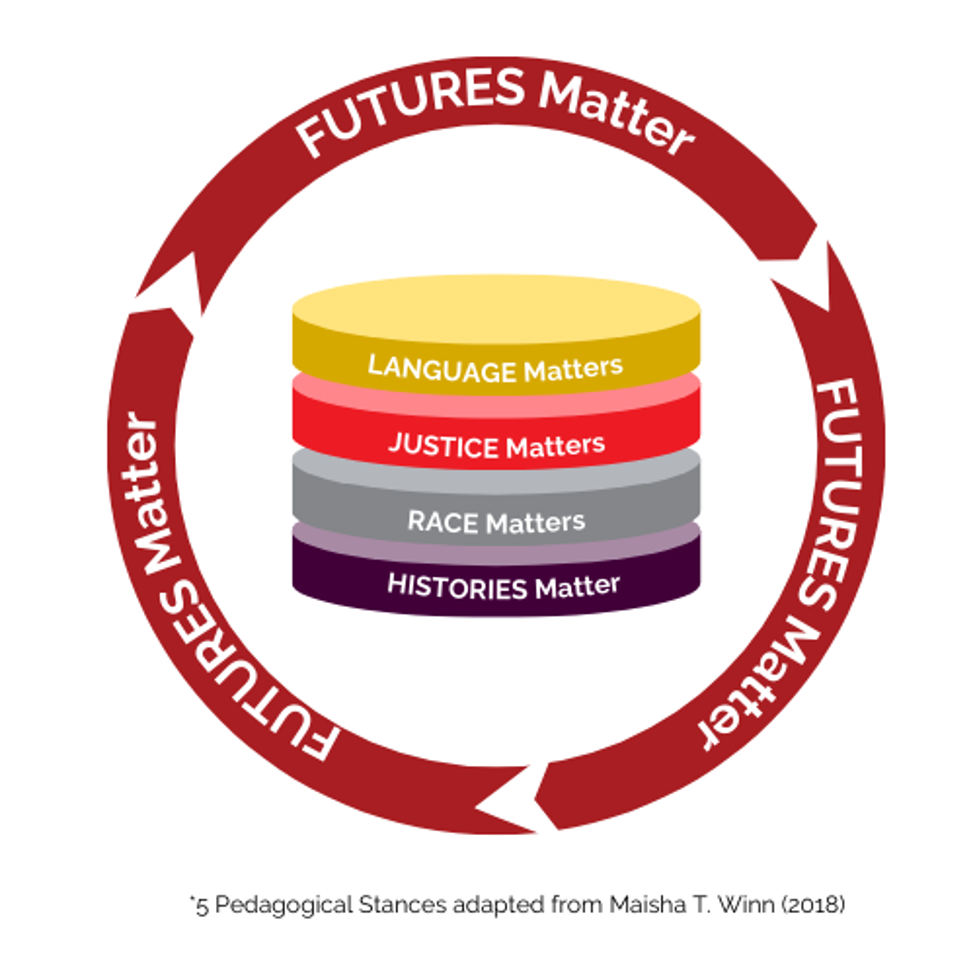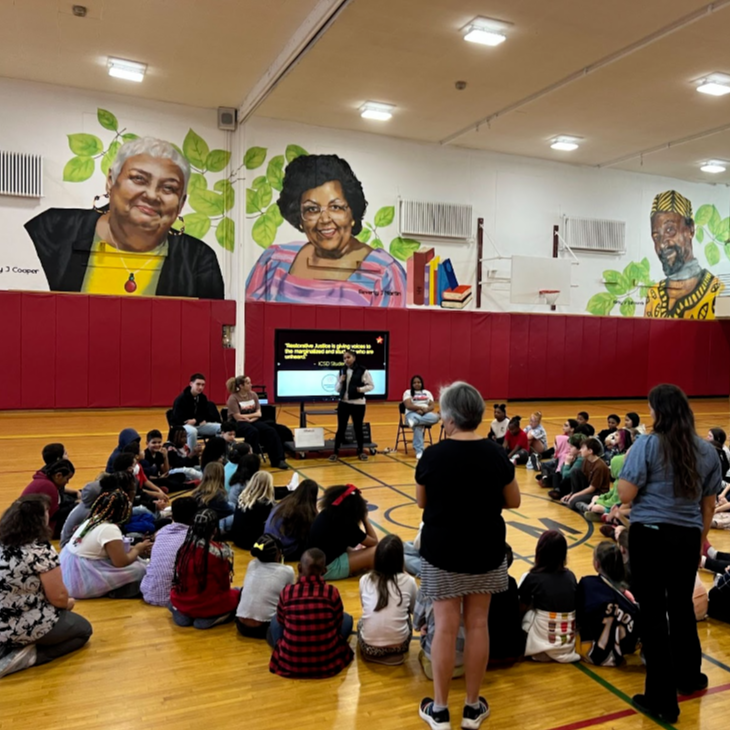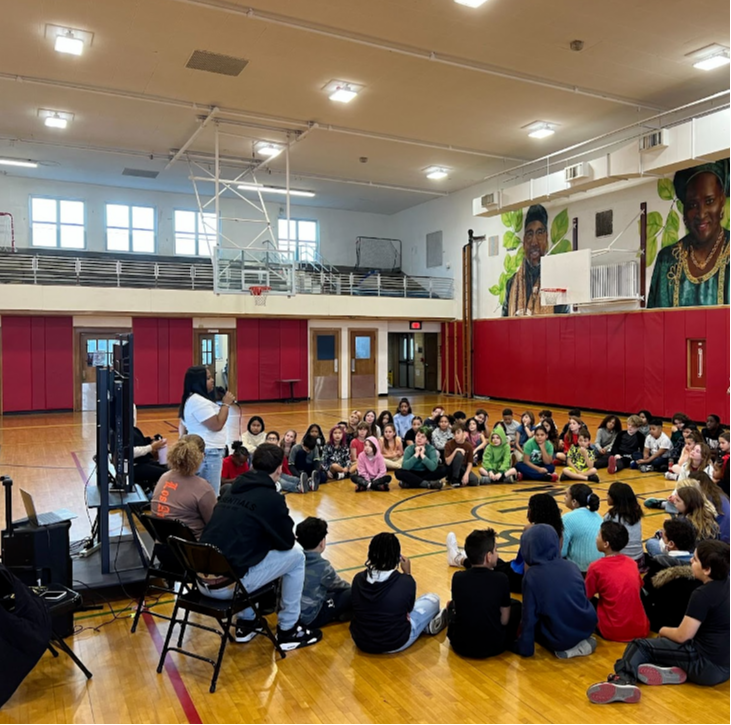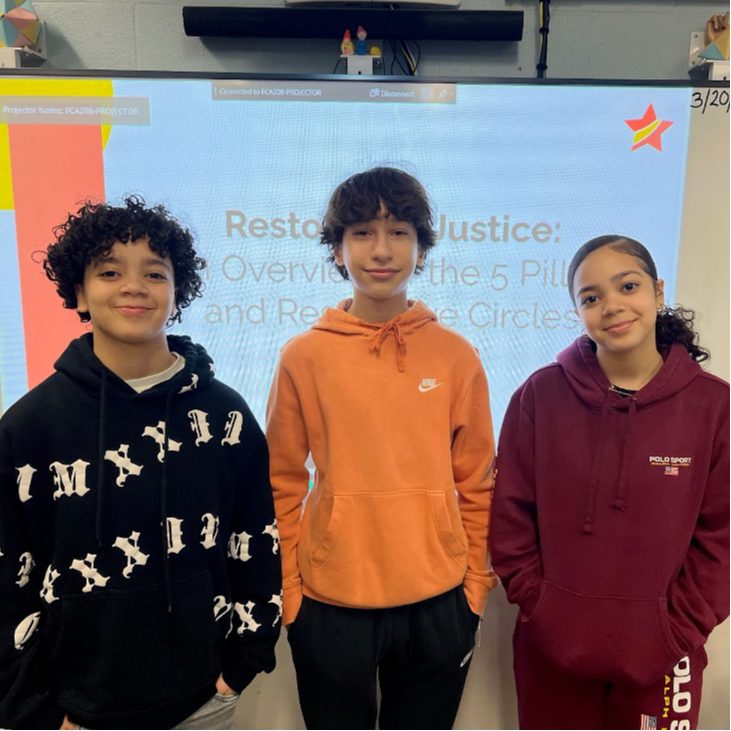Our vision for Restorative Justice is to foster a profound sense of belonging within our community by cultivating a solid foundation built on empathy, understanding, and mutual respect. We strive to create inclusive (BRAVE) spaces where individuals can come together to build community, learn, and grow, which creates an environment where all voices are valued and supported in their journey towards healing and wholeness.
Our commitment is to nurture a culture of love and accountability where we encourage patience, honesty, forgiveness, and trust. By equipping individuals with the necessary tools, guided by the pedagogical stances of history, language, justice, race, and futures, we aspire to proactively prevent harm. When harm, caused by conflict and injustice, does occur, we will foster reconciliation and empowerment for all involved.






